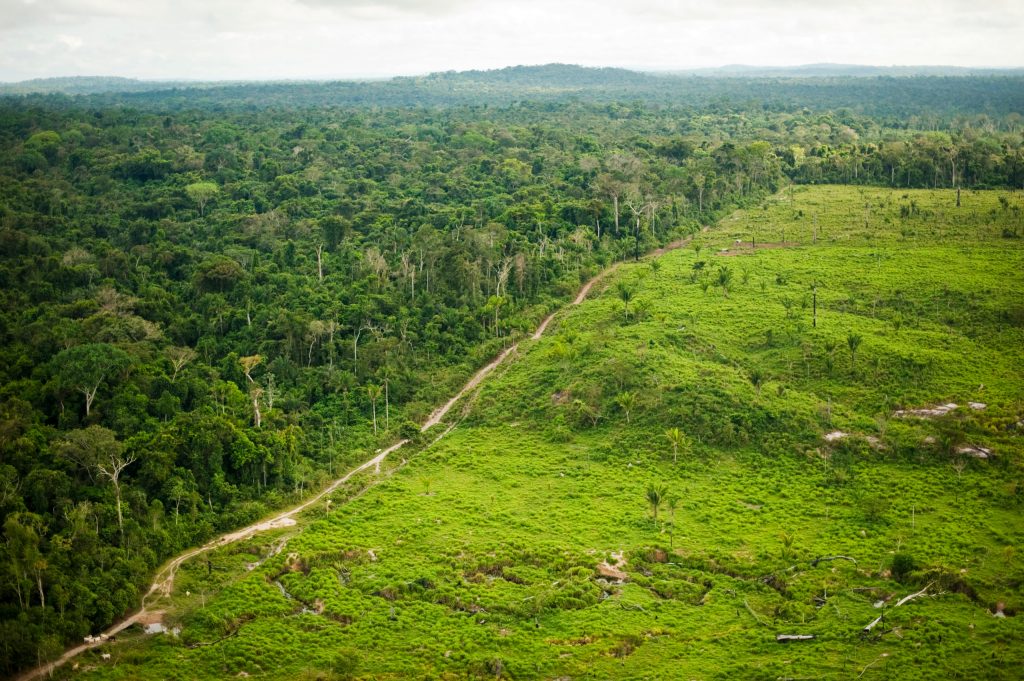Hundreds of companies — including grocery stores, commodity traders, and commodity growers – have committed to eliminating deforestation from their agricultural production systems and supply chains.
To translate these “zero-deforestation commitments” into action, companies need maps of forests that should be protected, and monitoring systems that track whether deforestation is occurring in those areas.
New science from the SNAPP Zero Deforestation Working Group identified a set of mapping and monitoring system attributes that will ensure that information regarding the location and persistence of forests covered under zero-deforestation commitments gets into the hands of those who need it.
The Gist
The study, published in BioScience, is based on findings from a meeting of experts who research, design, implement, and/or monitor multi-stakeholder zero deforestation commitment initiatives.
The team developed a typology of zero-deforestation commitment mapping and monitoring system attributes with the aim of ensuring that they meet user needs and contribute to reducing commodity-driven deforestation. They argue that:
- Credible mapping and monitoring systems are based on technically rigorous and consistent methods that produce accurate outputs.
- To be salient to users, systems should cover the geographic locations, land cover categories, and time periods needed to support decision making.
- For systems to be perceived as legitimate, it is critical that they are transparent, that they are inclusive of relevant stakeholders, and that their implementation is independent from the influence of individual companies.
- Finally, scalable systems are cost effective, reliably available to users over time, and can be applied outside a single use case.
The team assessed how two prominent zero deforestation commitment programs, the Amazon Soy Moratorium and the High Carbon Stock Approach, integrate these attributes into their mapping and monitoring systems. The working group reported that these programs prioritize different attributes, suggesting trade-offs in the design of mapping and monitoring systems.

The Big Picture
The environmental benefits of zero-deforestation commitments could be tremendous. Commodity crop production is the most important cause of deforestation in the biodiverse and carbon-rich tropics. Curbing such deforestation is widely agreed to be a crucial step towards preventing dangerous climate change and safeguarding globally significant biodiversity.
ZDC mapping and monitoring systems help purchasing companies and consumers make informed choices about what they buy, enable producers to demonstrate compliance, and allow third parties to enforce standards laid out by zero-deforestation commitments.
In 2019, less than one-third of companies with ZDCs were monitoring and reporting on the progress of their commitments, in part because these systems have not yet been formalized.
The Takeaway
Despite the importance of mapping and monitoring systems for fulfilling zero-deforestation commitments, there has been limited work to identify the characteristics needed for systems to operate effectively. Guidance for supply chain actors is needed.
“Rather than prescribing a one-size-fits-all solution, our goal was to provide a systematic framework for thinking about what mapping and monitoring systems need to look like to make sure that they are supporting effective zero-deforestation commitments” says Kemen Austin, study lead author.




Join the Discussion